
DON'T IGNORE! Top 8 Warning Signs Of Blood Clots

Blood clots are your body’s natural lifesavers when they form to stop bleeding after an injury. However, when clots form where they shouldn’t—or fail to dissolve—they can become dangerous very quickly. Untreated clots can lead to life-threatening conditions such as deep vein thrombosis (DVT), pulmonary embolism (PE), heart attack, or stroke.
The scary part? Many people don’t notice the early warning signs until it’s too late. Learning to recognize these red flags can literally save your life. Here are 8 warning signs of blood clots you should never ignore.
1. Swelling in One Leg or Arm
Sudden swelling in a single leg—or occasionally in an arm—especially around the calf or ankle, can indicate a clot blocking blood flow. Unlike the mild swelling from standing or sitting too long, clot-related swelling is usually one-sided, may feel tight or heavy, and can be accompanied by pain.
Tip: Compare both limbs; if one looks significantly larger, call your doctor immediately.
2. Unexplained Pain or Tenderness
Pain that appears without a clear cause—sharp, throbbing, cramping, or achy—can be a sign of a clot. It may worsen when walking, standing, or flexing your foot upward (the Homan’s sign). Even mild, persistent pain should not be dismissed, particularly if it’s accompanied by swelling or redness.
3. Skin That Feels Warm to the Touch
Clots can restrict circulation, causing warmth in the affected area. If your leg or arm feels noticeably warmer than surrounding skin, it may be a warning of underlying clot formation. This warmth often comes with tenderness or swelling.
4. Skin Discoloration (Red, Purple, or Blue)
Changes in skin color are a critical clue. Blood clots may cause red streaks, bruise-like patches, or a bluish tint due to restricted blood flow. Unlike temporary marks from bumps or pressure, these discolorations appear suddenly and persist.
5. Sudden Shortness of Breath
A clot that travels to the lungs—a pulmonary embolism—can make breathing difficult, even while at rest. Shortness of breath can appear suddenly and may be accompanied by rapid breathing or a feeling of panic. This is a medical emergency.
6. Chest Pain or Pressure
Chest discomfort caused by a clot can feel sharp, stabbing, or tight, and may worsen with deep breaths. Some people describe it as heavy pressure or squeezing, similar to a heart attack. If chest pain is sudden or severe, call emergency services immediately.
7. Rapid Heartbeat, Lightheadedness, or Dizziness
Your body compensates when blood flow is blocked, which may cause a racing pulse, dizziness, or fainting. Even mild episodes of these symptoms, especially when combined with chest pain or shortness of breath, require urgent evaluation.
8. Coughing Up Blood
Coughing up blood-streaked mucus, particularly with chest pain or breathing difficulty, is a highly alarming sign of pulmonary embolism. This is a life-threatening emergency—call 911 or local emergency services immediately.
Final Thoughts
Blood clots don’t always make themselves obvious, but when they do, the signs can be subtle or frightening. Even experiencing one of these symptoms may indicate a serious medical issue.
Your body often whispers before it screams. Don’t ignore these whispers. Seek professional help immediately if you notice any of these warning signs. Early detection and treatment can prevent a minor clot from turning into a life-threatening emergency.
Extra tip: Staying hydrated, moving regularly (especially during long trips), and knowing your personal risk factors—like family history, obesity, or smoking—can help reduce your risk of dangerous blood clots.
News in the same category


7 Benefits and Uses of Castor Oil

🌿 The Astonishing Secret of Mullein Leaves on Your Feet: Unlock Nature’s Hidden Healing Power!
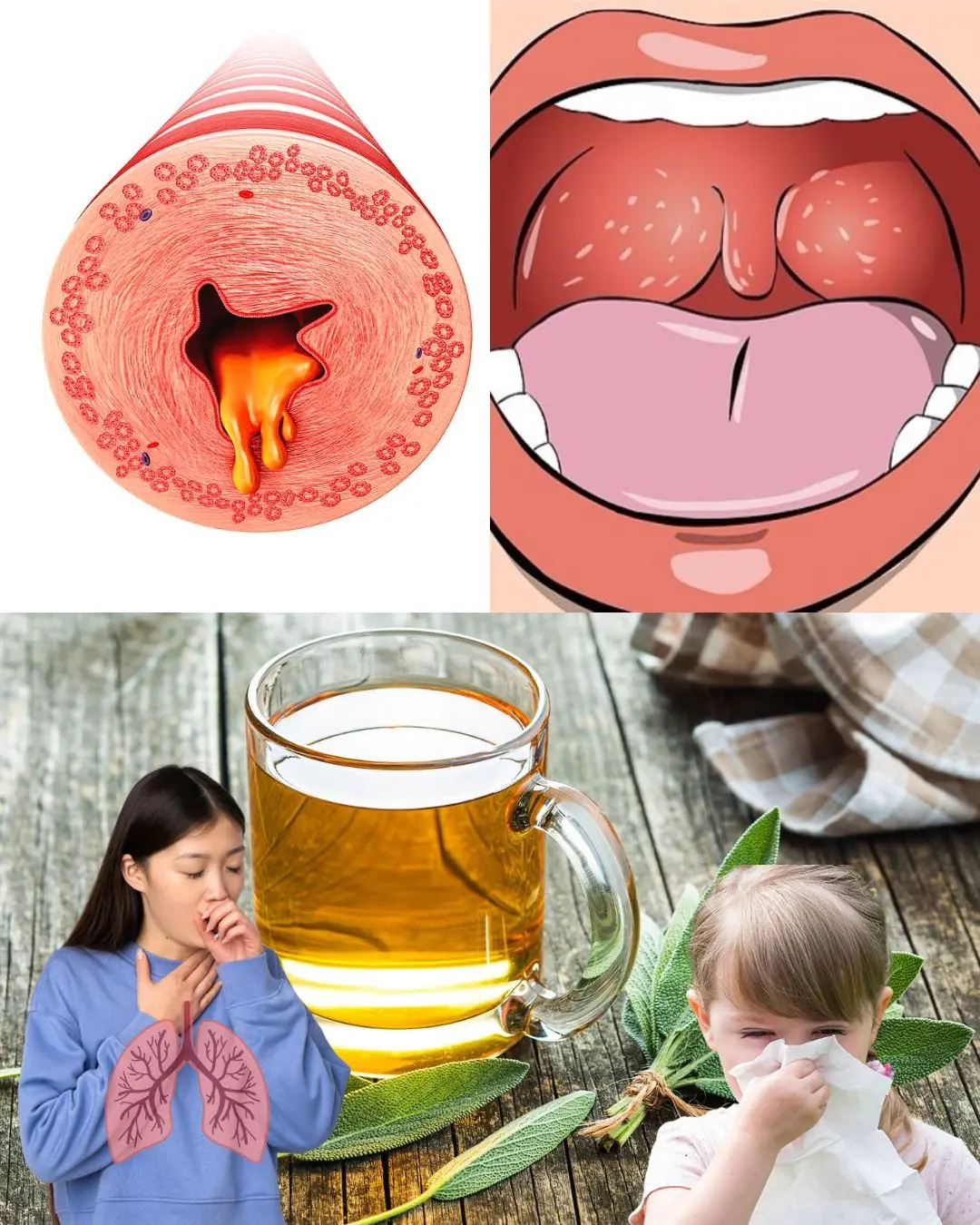
Ancient Herbal Remedy to Clear Mucus from Nose, Throat, and Lungs in Just 2 Days

Seniors: Take This for 5 Nights and See What Comes Out in Your Stool!

Top 10 Herbal Teas That Actually Kill Cancer — Why Is This Being Hidden? | Healthy Care
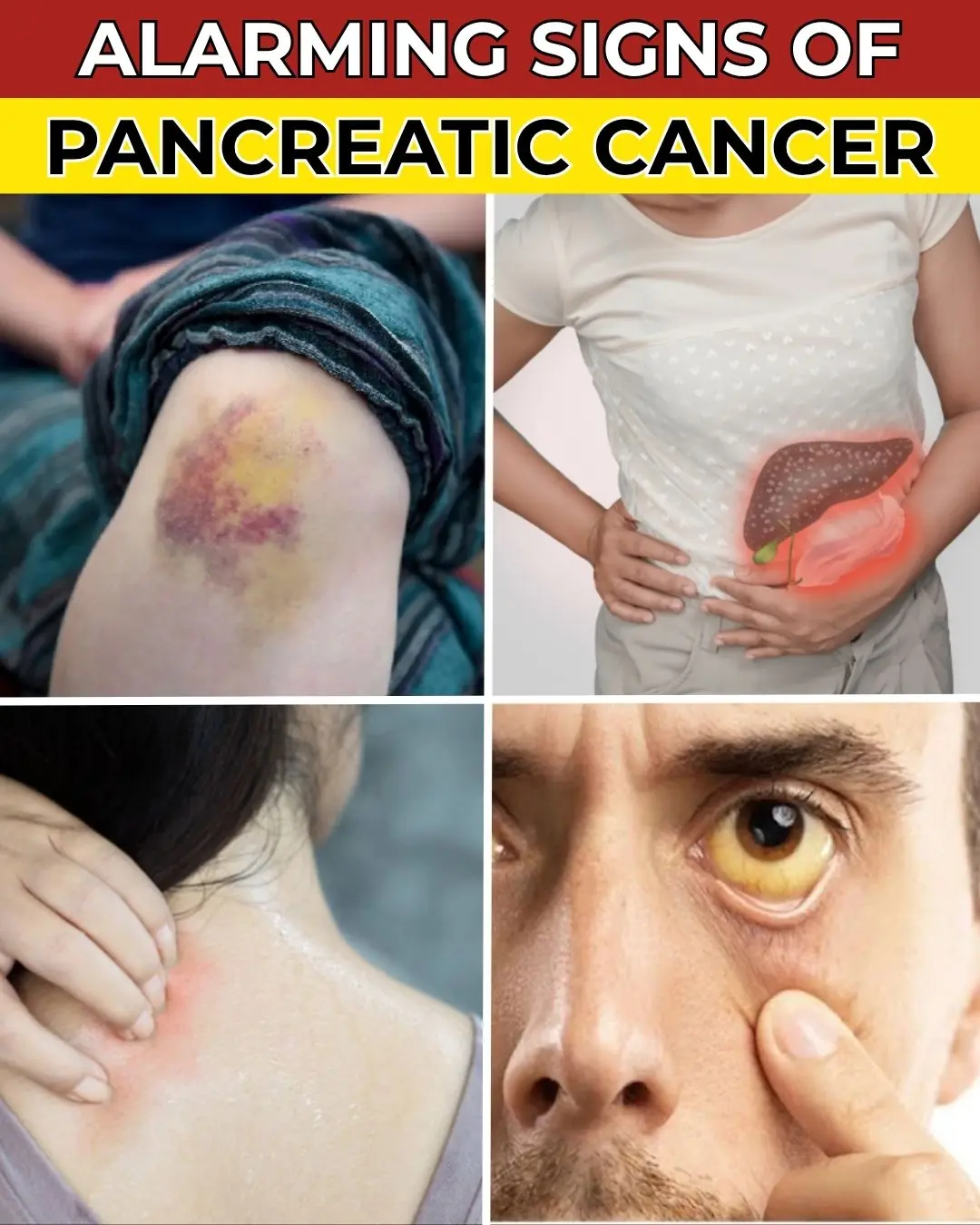
DON'T IGNORE! Top 8 Warning Signs Of Blood Clots
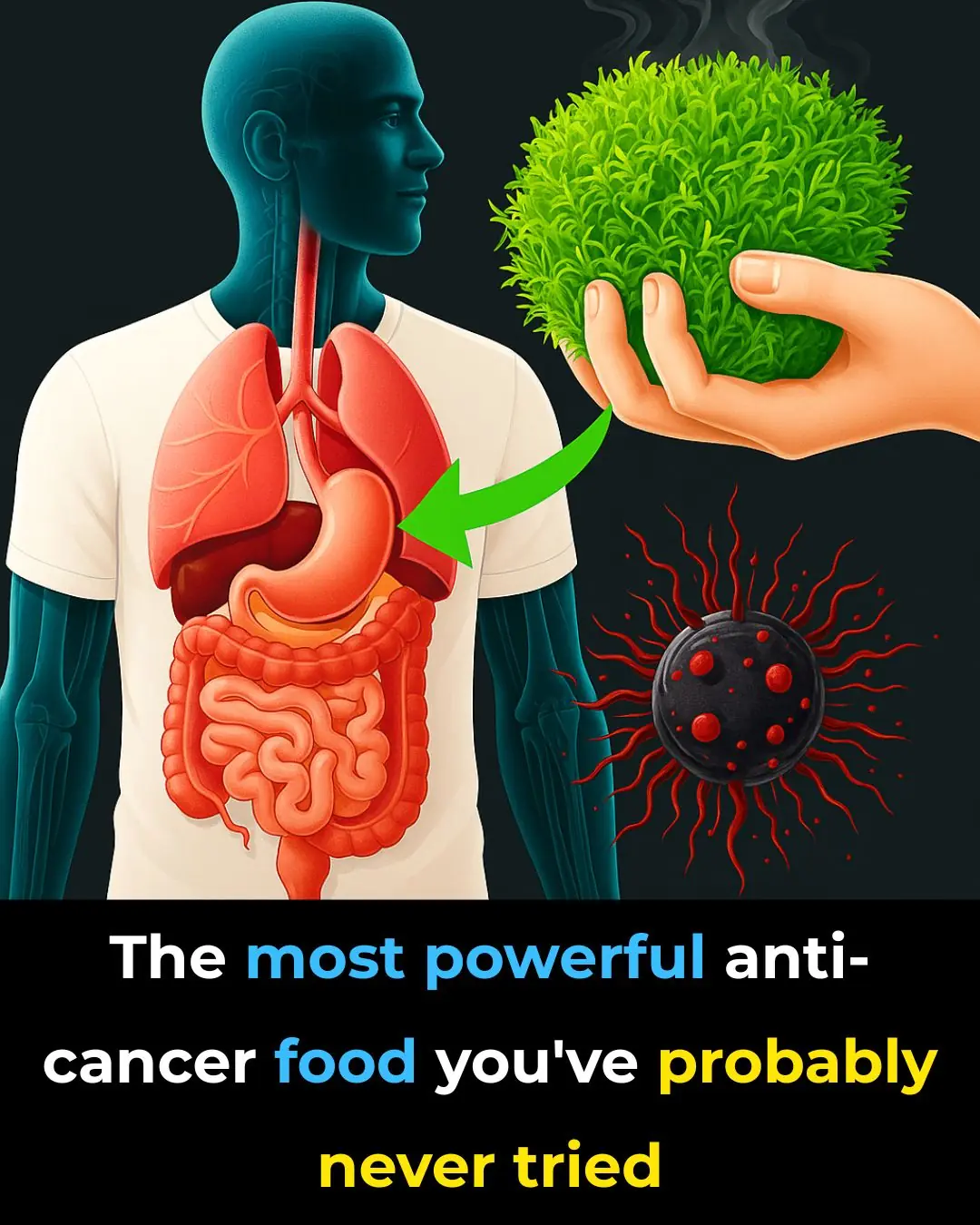
The most powerful anti-cancer food you’ve probably never tried

American Beech (Fagus grandifolia) — Power, Benefits, and Practical Uses (Foraging Guide Included)

Old Doctor’s Remedy: Almond Milk with Cloves Treats 15 Health Problems in Just 1 Week

Doctors reveal that eating okra causes...

Senna Alexandrina: 7 Benefits and uses

Ginger and Orange Detox Drink – Cleanse Kidneys, Liver, and Lungs Naturally

The Purple Maguey Plant — Benefits and Traditional Uses

Turn Papaya Leaves Into a Powerful Homemade Detergent

Say Goodbye to Swollen Legs

Japanese Secret to Erase Wrinkles | Rice & Clove Anti-Aging Remedy

How to grow clove plant at home – from seed to spice
News Post

Stroke Prevention Tips: 3 Things to Avoid After Eating and 4 Before Bedtime
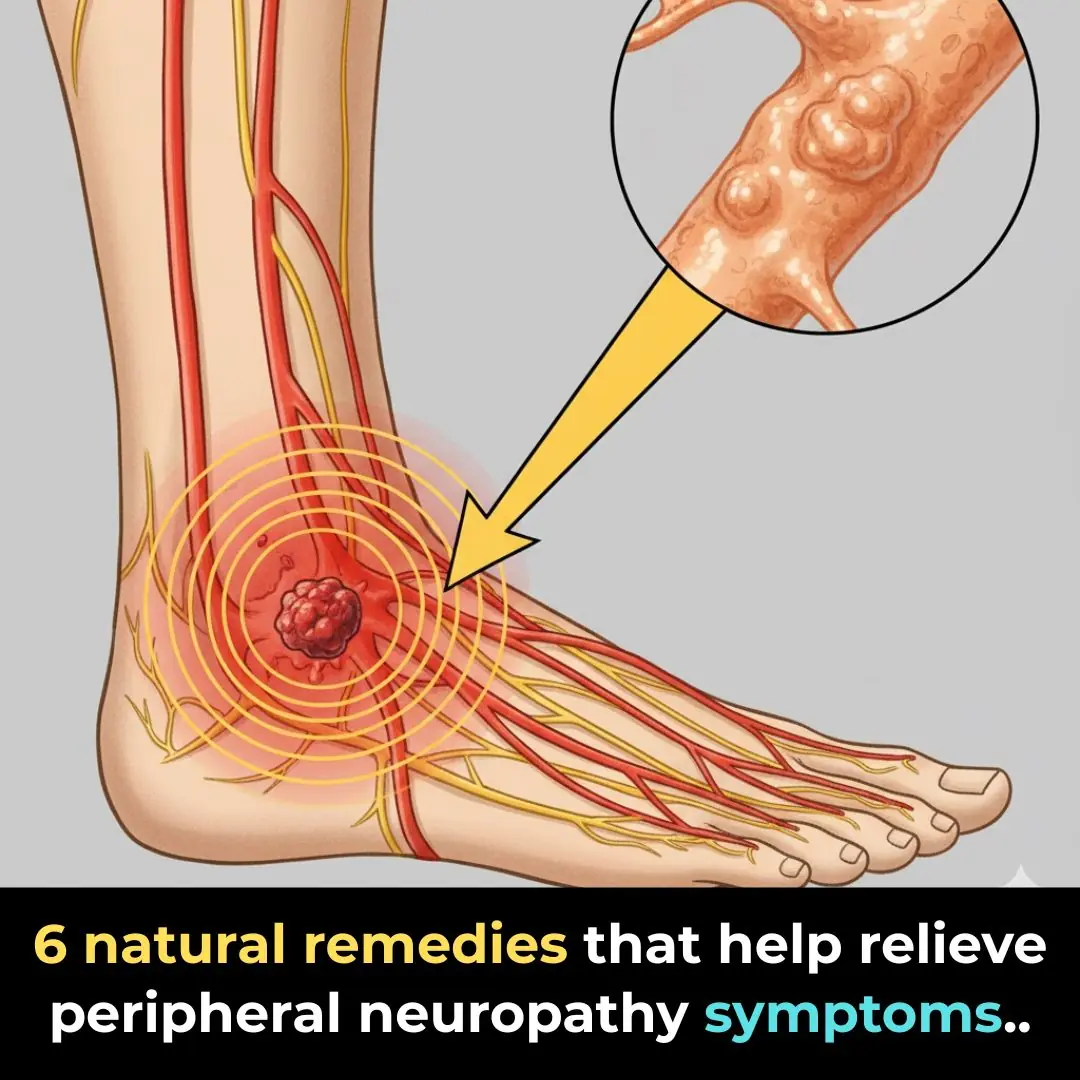
Top 6 Neuropathy Remedies (Peripheral Neuropathy Home Remedies)

Wooden cutting boards become moldy over time and can only be thrown away if washed with soap

Put this thing in a lemon and put it in the corner of the house

Cut up your old jeans instead of junking them. Here are 10 ways to repurpose them

Put raw chicken drumsticks in a slow cooker with these 3 ingredients. You’ll want it every night.

Easy Clove Cultivation: From Seed to Spice

7 Benefits and Uses of Castor Oil

Zachary Levi dishes on being ‘graylisted’ by Hollywood for his beliefs

Inside Gabby Logan’s marriage to husband Kenny Logan – sex-less marriage; affair allegations; wedding day disaster

Concerns for Lisa Snowdon as she admits ‘a few things need investigating’ following scan

Davina McCall reveals she’s been diagnosed with breast cancer in emotional video message

The Amazing 7 Benefits of Cucumber Peels — You’ll Never Throw Them Away Again!

My Nana’s 4-Minute, Zero-Work Hack to Freshen Carpets

Nana’s Timeless Jewelry Cleaning Trick That Actually Works
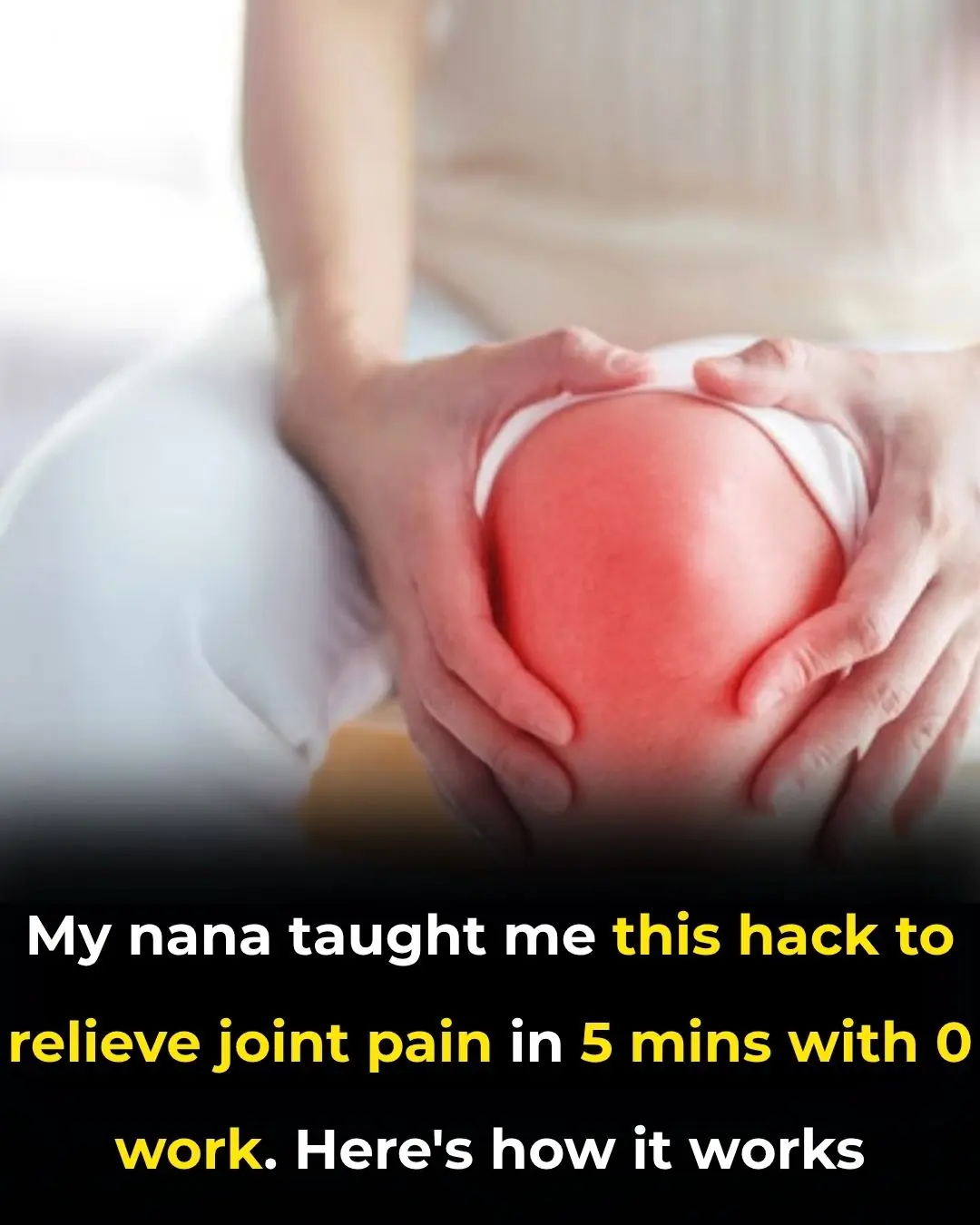
My nana taught me this hack to relieve joint pain in 5 mins with 0 work. Here’s how it works
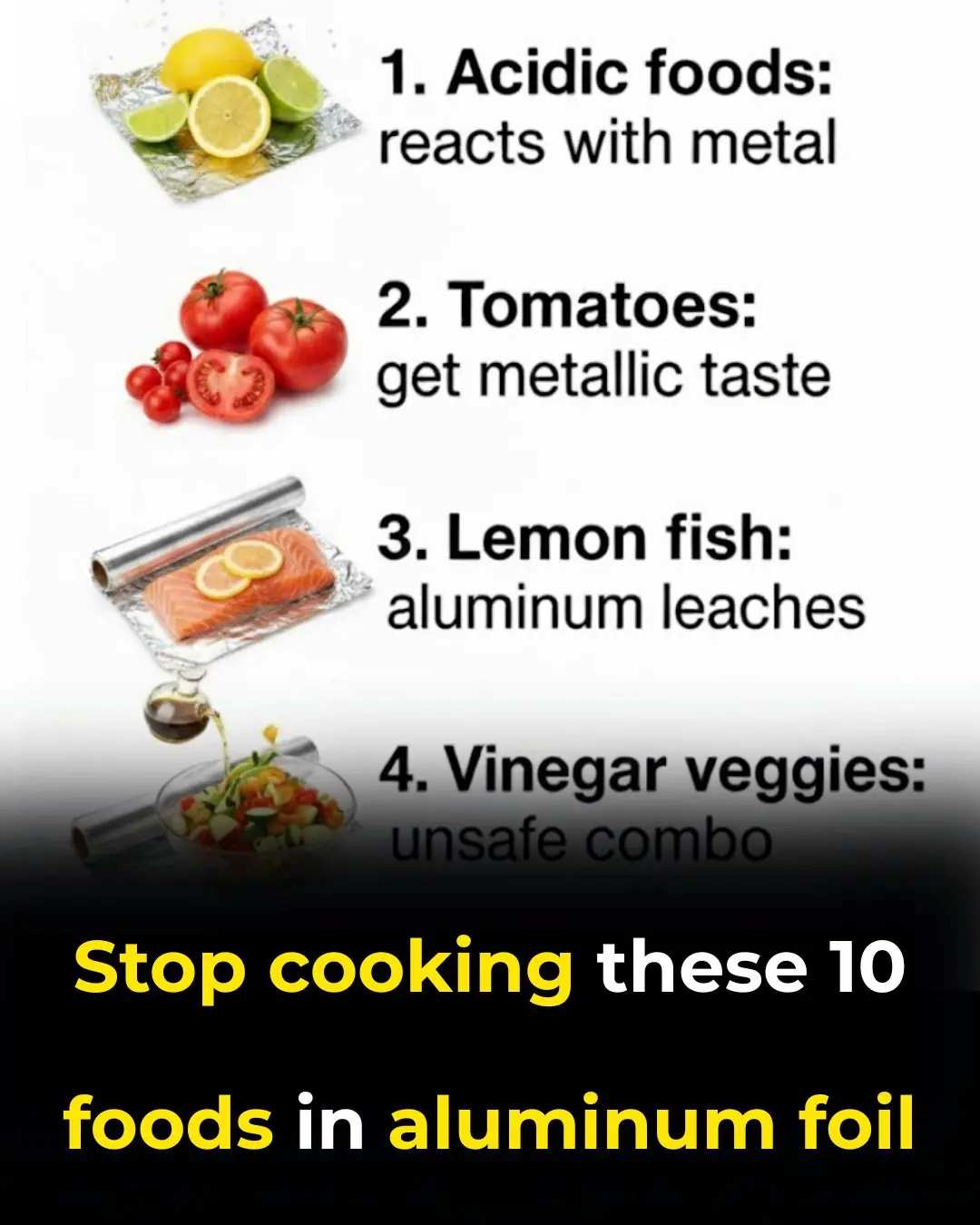
10 Foods You Should Never Cook in Aluminum Foil — And Why It Could Be Dangerous
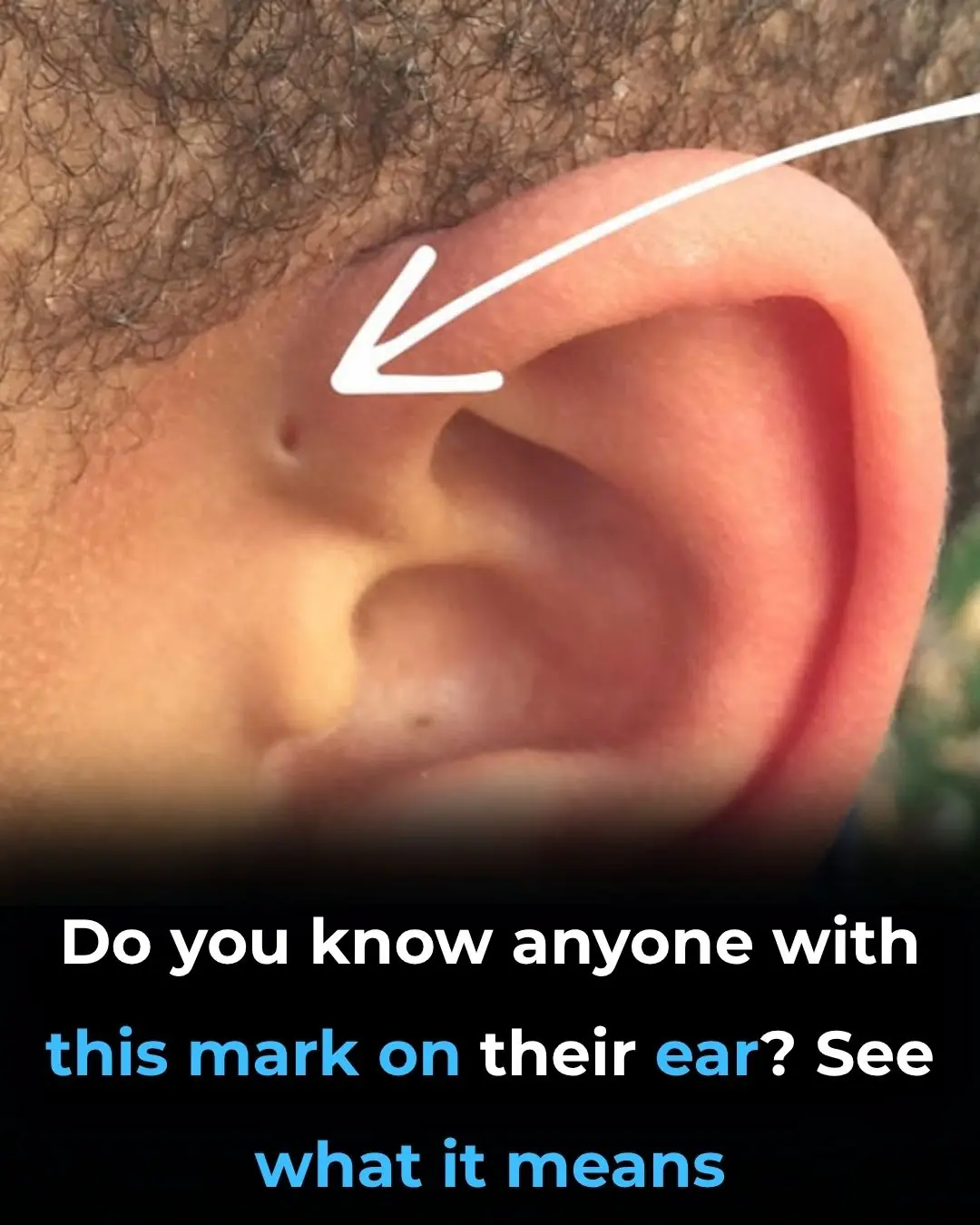
What Does This Little Mark On The Ear Mean

Stop Wasting Counter Space on These 10 Kitchen Appliances
